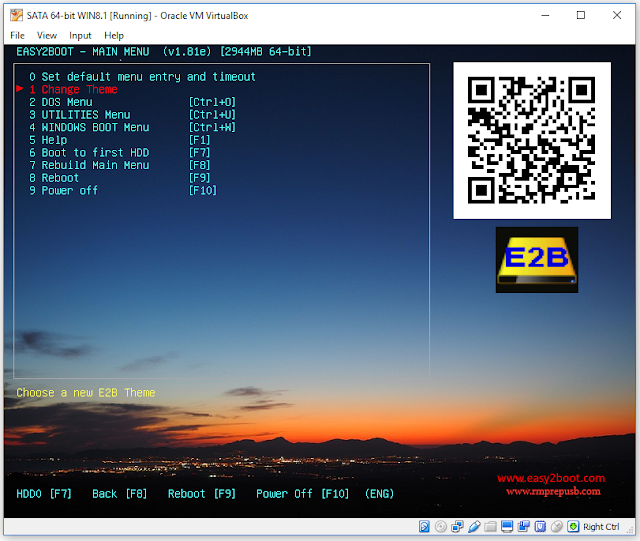Many years ago when fingerprint sensors first started to appear on the market, it seemed a really useful security feature.
The company I worked for (RM plc) made PCs, notebooks and tablets for schools. The use of passwords was a common problem in schools. The password needed to be long enough and complex enough to be secure, but also easy to remember. Also, the crafty kids would often watch a teacher type in their password and so learn their admin password. The kids would also forget their passwords, which meant that teachers or the IT admin guys were constantly having to reset their passwords and create new ones for them. Kids would write down their password and other kids could find them and copy their homework, etc. Passwords were a real headache.
So fingerprint scanners seemed to present an ideal solution and as everyone's fingerprint is unique - so it is foolproof, right?
The company I worked for (RM plc) made PCs, notebooks and tablets for schools. The use of passwords was a common problem in schools. The password needed to be long enough and complex enough to be secure, but also easy to remember. Also, the crafty kids would often watch a teacher type in their password and so learn their admin password. The kids would also forget their passwords, which meant that teachers or the IT admin guys were constantly having to reset their passwords and create new ones for them. Kids would write down their password and other kids could find them and copy their homework, etc. Passwords were a real headache.
So fingerprint scanners seemed to present an ideal solution and as everyone's fingerprint is unique - so it is foolproof, right?


















